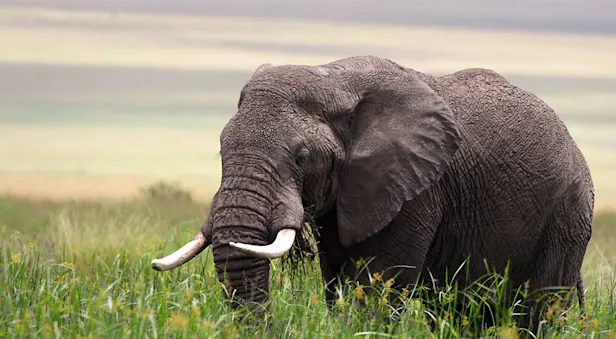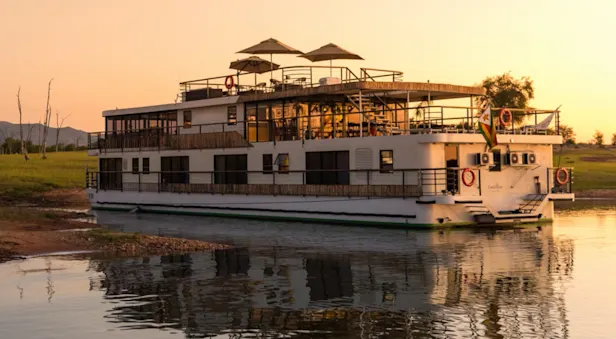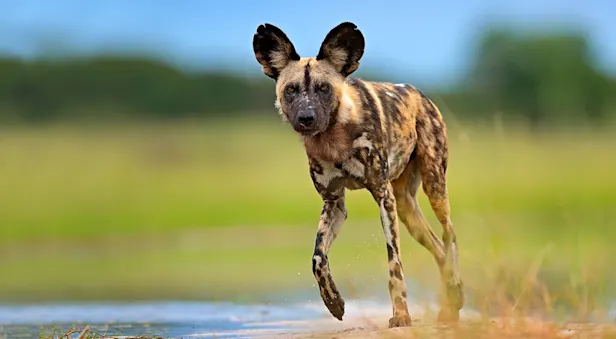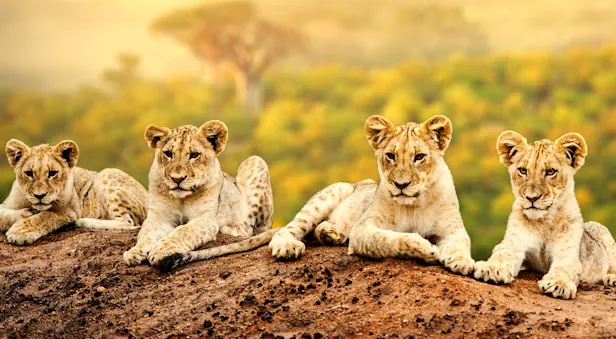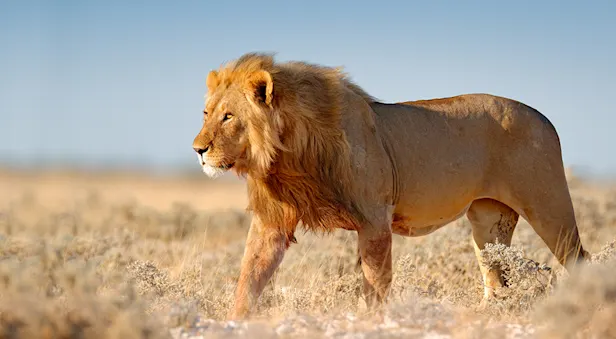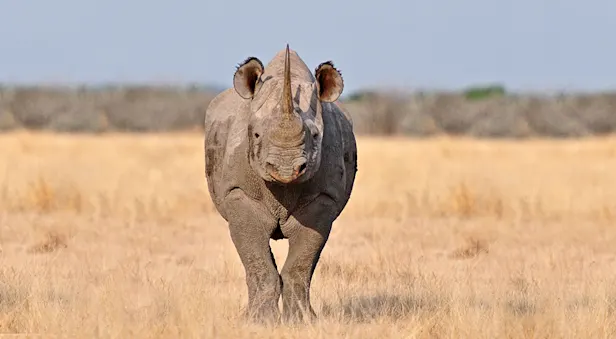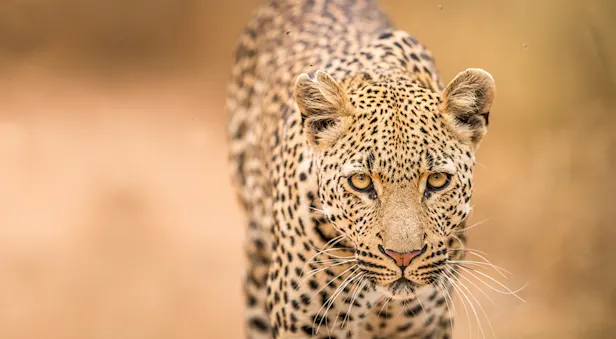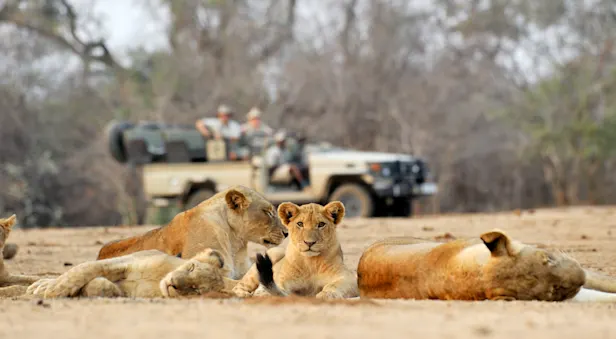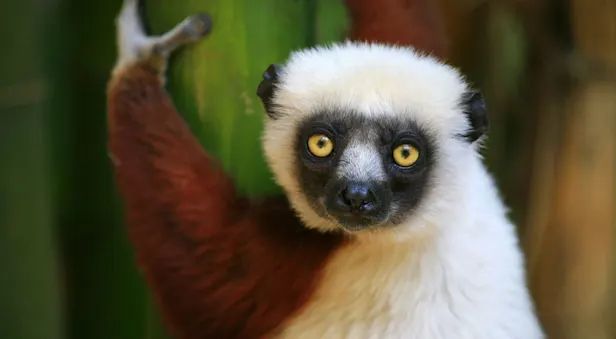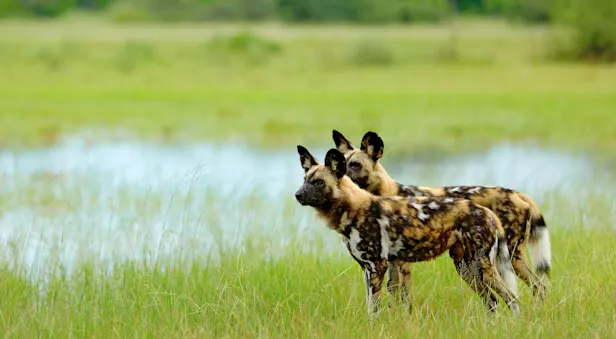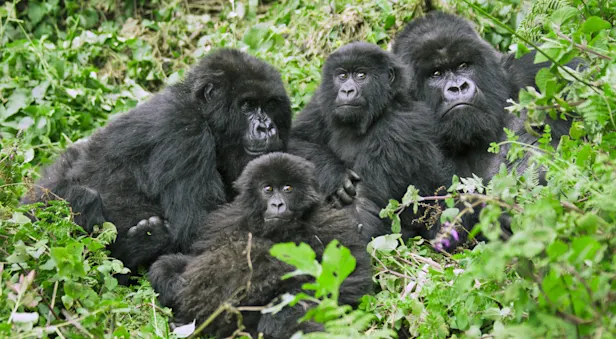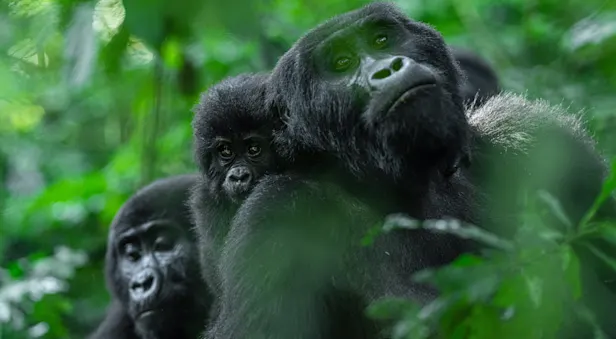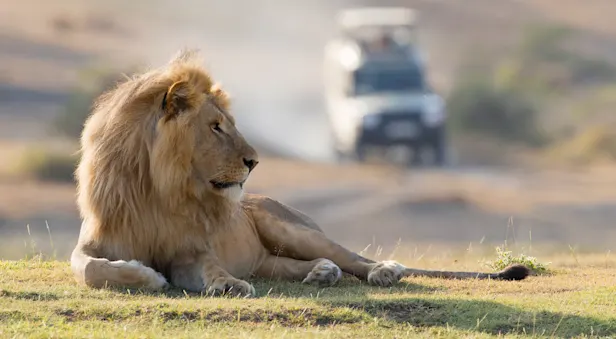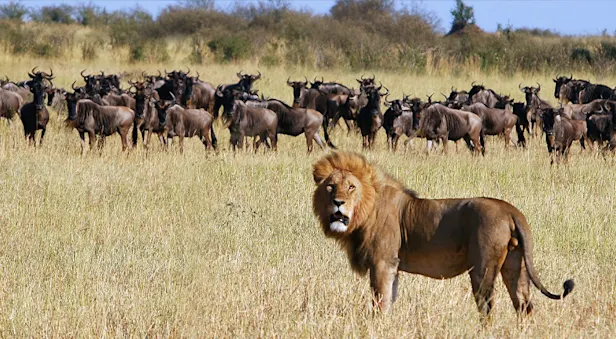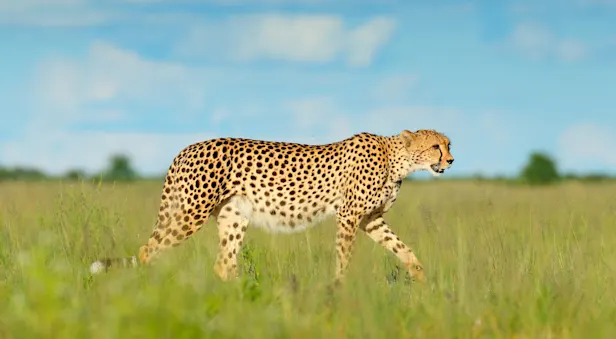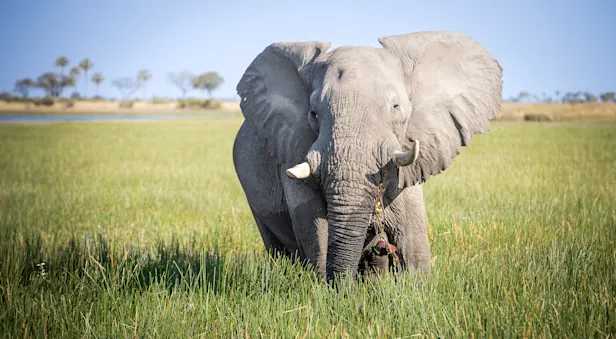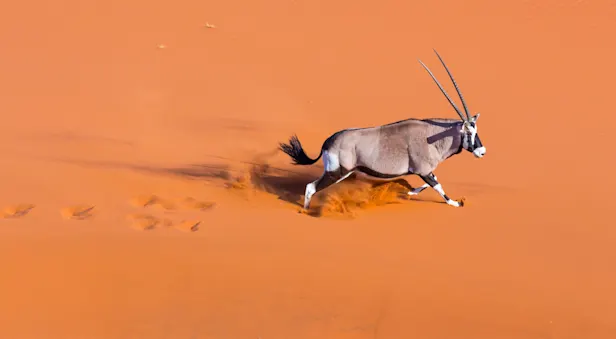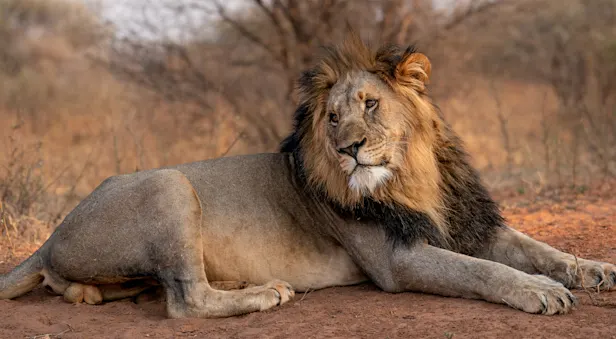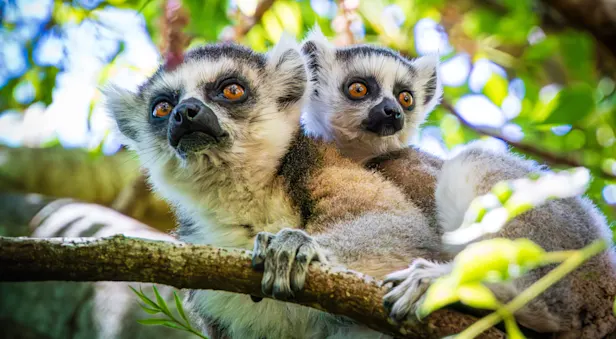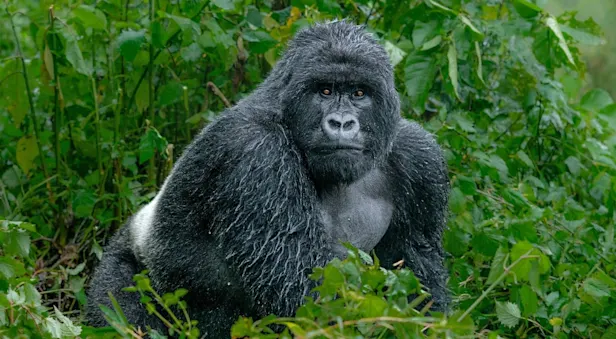In Africa, our focus is on secluded and spectacular wildlife encounters away from crowds. Our small-group safaris and Photo Expeditions feature intimate, top-quality camps and private reserves. Yet despite our isolated locales, you’ll enjoy surprising luxury in the bush, with amenities and personalized service that will exceed your expectations. Our Expedition Leaders, who are among the most experienced and highly trained safari guides in Africa, are the key to your superlative adventure.
Southern Africa Safaris
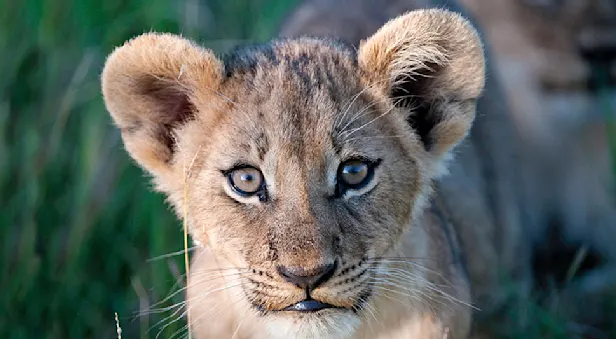
Botswana: Kalahari, the Delta & Beyond
Witness the spectacle of Botswana during the green season under changing skies, as the desert bursts forth with life, wildlife thrives with seasonal water, and new births fill the plains.

East Africa Safaris
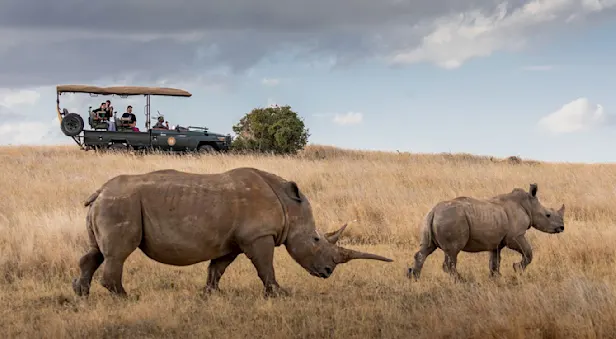
Kenya Rhino & Elephant Conservation Safari
Endearing elephants and endangered rhinos are front and center, along with other plentiful wildlife—enjoy exclusive talks with conservationists as we learn about restoration efforts up close.

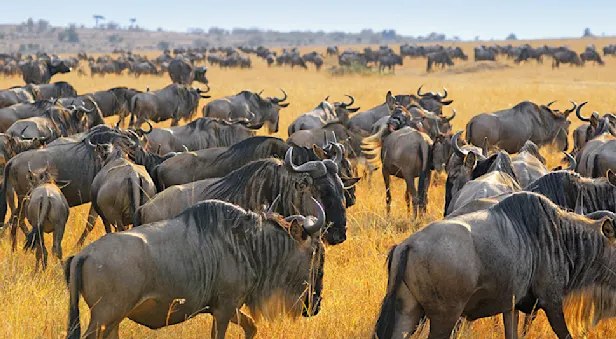
Tanzania’s Great Migration & Ngorongoro Crater
Witness one of nature's most exhilarating spectacles: thousands of wildebeest and zebra making their annual trek across the Serengeti! Itineraries custom-designed to follow the herds.

Africa Photo Expeditions
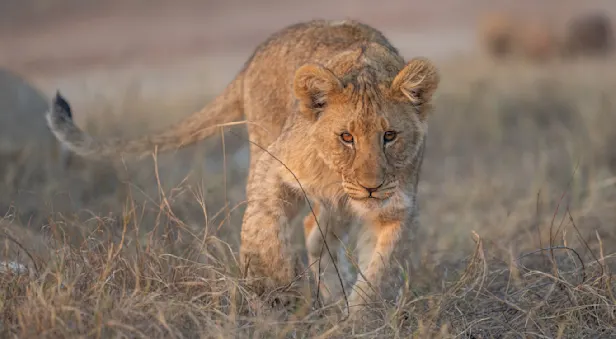
Botswana Green Season Photo Expedition
Photograph Botswana's wild bounty during the less-traveled green season, as new grass attracts migrating wildlife and animal births abound—includes a doors-off helicopter flight over the Okavango Delta!




















